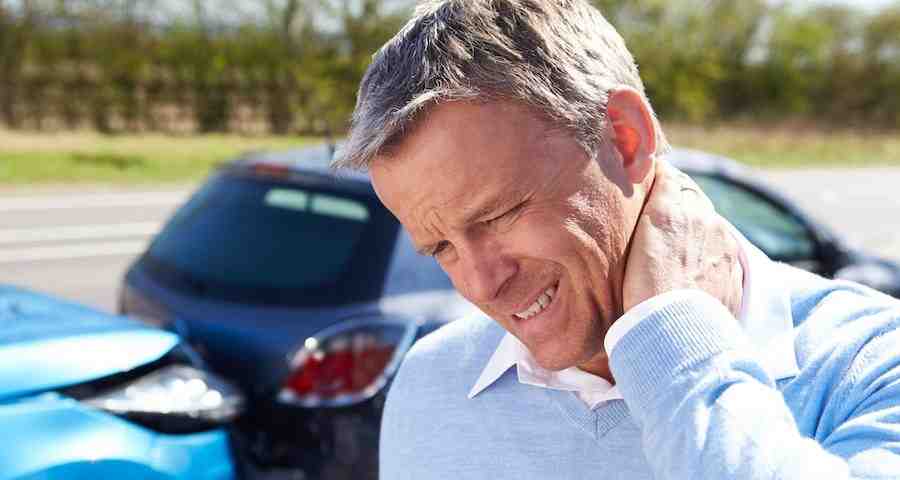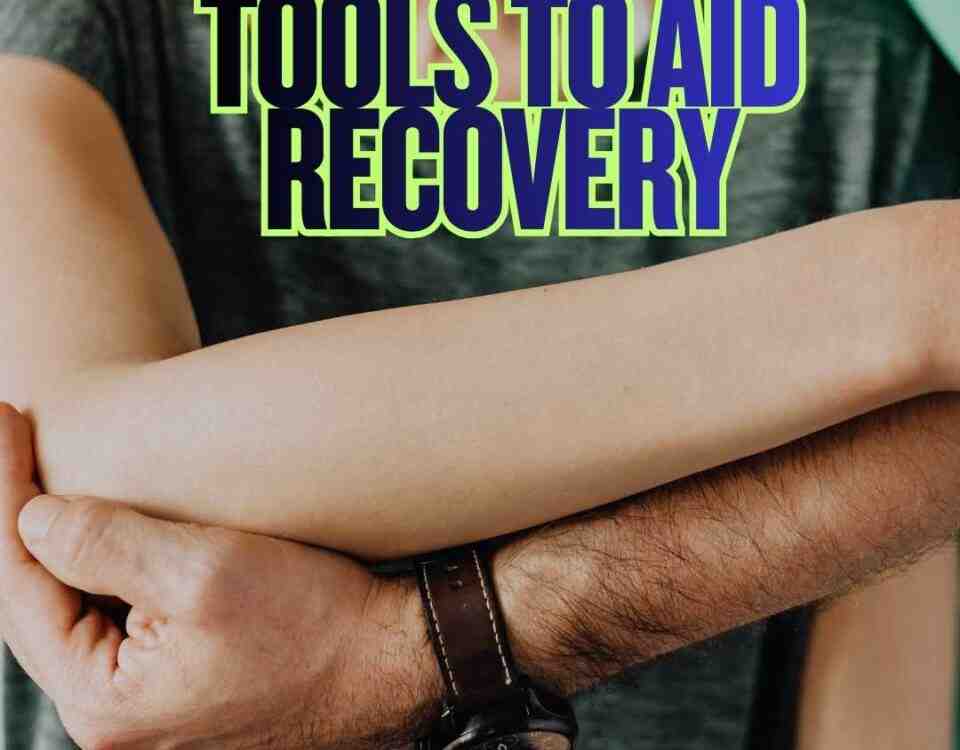Neck Pain After a Car Accident

The Best Doctor to See After a Car Accident Injury?
July 23, 2022
What Physical Injuries Can Result from A Car Accident?
July 29, 2022What is neck pain after a car accident?
Neck Pain (Discogenic Pain)
Stephen Ducker, M.D. with Chambers Medical Group
One of the more common causes of neck pain is discogenic pain. Contrary to what the name may imply, this type of pain has nothing to do with a 1970’s dance craze. It is in fact pain that arises from the cervical discs that lie in between each of the vertebral bodies (except C1-C2) as discussed in the first section on neck anatomy. Even though our emphasis here is on trauma to the neck such as that incurred during a motor vehicle accident, it is important to discuss other causes of cervical disc disease, as they often coexist.
As a brief review, the discs are tough rubbery fluid-filled sacs containing a woven matrix of fibers known as the annulus fibrosis and a gel filled center known as the nucleus pulposus. It is important to have some basic understanding of these anatomical terms and relationships to better understand the results of imaging studies such as an MRI that you may discuss with the evaluating physician.
Each disc is firmly attached to the adjacent vertebral endplate as shown in the adjacent illustration. The healthy discs serve as cushions or shock absorbers for the vertebrae as well as assisting in movement and helping to protect the nerves and blood vessels adjacent to the spine.
Healthy discs should not extend beyond the edges of the vertebral bodies that they lie between. As we age, the disc undergoes certain anatomic and chemical changes that interfere with the normal structure and function. The cervical discs serve to protect certain nerve structures in the neck such as nerve roots branching off the spinal cord, but they also have a nerve supply of their own much like any other tissue in the body. As a result, pain sensations can be generated from the disc itself and not necessarily from the “pinching” of a nerve root. Chronic deterioration or acute damage to the disc is often responsible for pain emanating from the cervical spine as occurs with the effects of aging or secondary to acute trauma, such as a motor vehicle accident or slip and fall. Statistically, more than 90% of clinically significant disc pathology occurs at the C-5 – C6 or C6 – C7 levels. With degeneration, the interwoven meshwork of the annulus breaks down often giving rise to small tears in the disc. As with any damaged tissue, there is a reparative process, which in this case involves the growth of highly innervated tissue accounting for the pain associated with these tears.
Bulging of the disc occurs with breakdown and tearing of the annular fibers and a loss of the water content of the centrally located nucleus pulposus. Eventually there is a loss of disc height with the disk space narrowing often described by radiologists on imaging studies such as an MRI. As a result of this loss of disc height, the ligaments that help to maintain the disc conformity become lax and allow the disc to bulge beyond the margins of the vertebral body. The bulging disc can cause impingement or pinching of nerves leading to pain that is additives to the pain derived from the disc itself.
With a tear in the disc wall or annulus, whether it be from a degenerative process or trauma, the noncompressible nucleus pulposus may herniate through and protrude into the spinal canal, compressing pain sensitive structures, nerve roots or the spinal cord. If this occurs, the patient may experience localized pain or “radicular” pain. Radicular pain is pain that radiates into the upper extremities. The patient may also experience numbness and/or weakness in the shoulders and arms. If the normally contained disc material extrudes into the spinal canal or neural foramen and impinges upon a nerve root, an inflammatory reaction can take place. This inflammatory reaction is secondary to the chemical irritation of the extruded material on the nerve root and is a source of intense pain. The extruded disc material may migrate upward or downward in the spinal canal, affecting adjacent nerve roots. In addition, the extruded material may detach itself from the disc and migrate within the spinal canal, lodging at a distant site creating significant pain and inflammation.
With the onset of neck pain, a thorough history and examination by the physician along with imaging studies such as an MRI will help to determine the source of pain in the neck region and help to determine the correct therapy for the alleviation of pain symptoms.
When people have been in a car accident and think about receiving medical attention, a chiropractor is not usually the medical professional that comes to mind. However, seeing a chiropractor is a great idea, especially if you have sustained whiplash or other injuries affecting your neck or back. With the help of a car accident chiropractor, you can make sure that you heal your injuries and help prevent any complications from developing in the future.
Get Quality Car Accident Injury Care at Chambers Medical Group
If you or a loved one has been injured in a car accident, make sure that you go to one of the leading car accident doctors or chiropractors at Chambers Medical Group to treat your injuries and begin the healing process. Visit Chambers Medical Group or call us at 1-888-6BackMan to receive first-class treatment and care after you have been injured in an auto accident.
Chambers Medical Group has car accident chiropractors at the following locations:




